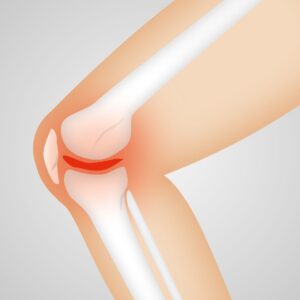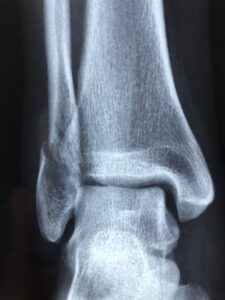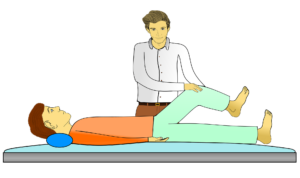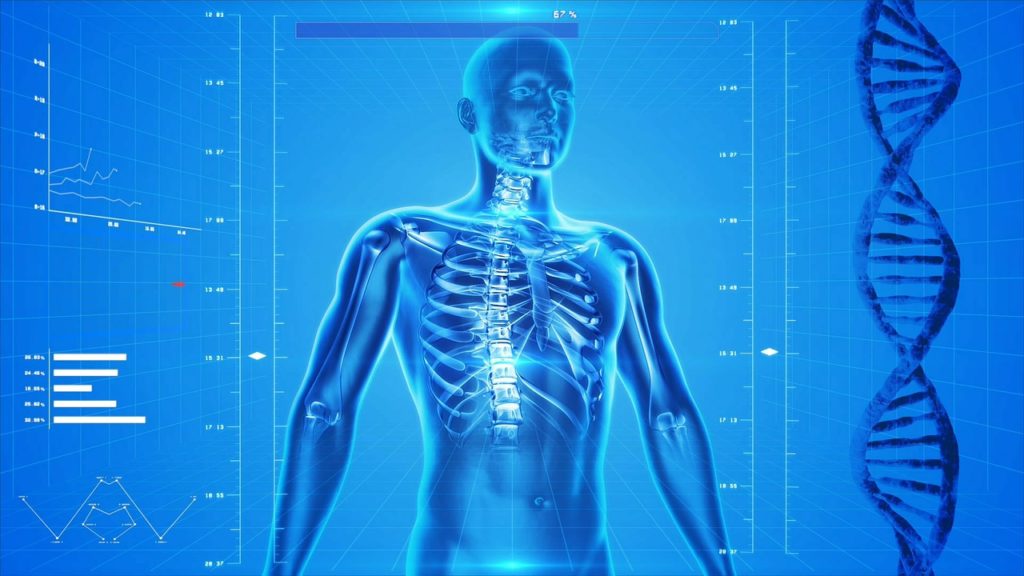La chondroïtine est une substance produite naturellement par notre organisme pour constituer le cartilage. Elle devint célèbre au fil des années en tant que traitement contre l’arthrose. Et pourtant, il ne s’agit pas de sa seule vertu thérapeutique. Elle joue un rôle important dans le corps humain, dans la mobilité des articulations…, des bienfaits que nous allons survoler un à un.
Les origines de la chondroïtine

On a découvert la chondroïtine dans les années 60. Toutefois, elle ne suscita l’intérêt du monde qu’à partir de 1997, année de publication de l’ouvrage The Arthritis Cure. Dans son livre, J. Theodosakis révèle que plusieurs substances, dont la chondroïtine, interviendraient dans la reconstitution naturelle du cartilage. Plus tard, de nombreuses études viendront soutenir cette affirmation et décrivent que la combinaison de chondroïtine avec de la glucosamine va même jusqu’à traiter des problèmes osseux et articulaires.
Les traitements à base de chondroïtine pour les humains n’ont vu le jour que depuis quelques années. En médecine vétérinaire, l’usage de la substance date de plus d’une vingtaine d’années et est plus courant. On y emploie généralement sa forme intramusculaire. La médecine moderne accuse un retard sur l’utilisation de chondroïtine, car on estime qu’elle n’a pas encore fini de livrer toutes ses propriétés thérapeutiques. D’ailleurs, de plus en plus d’études sont encore en cours pour en apprendre un peu plus à son sujet.
Notre organisme produit suffisamment de la chondroïtine pour contenter nos besoins. Dans des circonstances normales, nous n’avons donc pas besoin d’un apport extérieur. Il est cependant tout à fait envisageable de s’en approvisionner grâce à notre alimentation. On retrouve de la chondroïtine dans certains mollusques comestibles (huître, palourdes, moules). Elle est également présente dans la carapace de certains crustacés, mais reste à faible teneur. Le cartilage de requin en constitue une source intéressante. Grâce au progrès de la science, la chondroïtine d’origine végétale est commercialisée depuis peu. On l’extrait de différentes manières. La dernière en date consiste à réaliser des compléments alimentaires totalement véganes qui n’incluent ni alcool ni substances chimiques.
Les bienfaits de la chondroïtine
Pour traiter l’arthrose et ses symptômes
Publiée en 2003, une méta-analyse conclut que la chondroïtine permet avec efficacité de soigner les symptômes de l’arthrose. Cinq ans plus tard, deux autres études viennent confirmer cette affirmation. On sait également que la substance a été maintes fois le sujet d’études afin de déterminer ses effets sur l’arthrose. Trois résultats de recherches se démarquent du lot, puisqu’ils montrent clairement après une méta-analyse que la chondroïtine annule modestement la progression de l’arthrose du genou. Les scientifiques ont remarqué que la substance agissait mieux que les anti-inflammatoires habituels qui, au contraire, empirent parfois la situation.
Grâce à une étude de 2011 réalisée au Québec, nous savons aujourd’hui que la chondroïtine peut aussi freiner la détérioration du cartilage et participe à la flexibilité des articulations. Cependant, cela nécessite un traitement assez long de six mois. Les résultats sont notables sans être extraordinaires, comparés aux effets de certains anti-inflammatoires non stéroïdiens.
Pour lutter contre le psoriasis
D’après une étude de 2010, la chondroïtine peut traiter le psoriasis dans une certaine mesure. Les tests ont été menés sur 129 personnes présentant à la fois des problèmes d’arthrose et de psoriasis. Les résultats se sont révélés très concluants pour traitement des deux pathologies. La substance pouvait, notamment, réduire le psoriasis plantaire chez les patients.

Des vertus anti-inflammatoires avérées
Les chercheurs s’intéressent beaucoup aux propriétés anti-inflammatoires de la chondroïtine, et bon nombre d’études sont paru à ce sujet ces dernières années. L’une d’entre elles a pu mettre en évidence les actions inflammatoires du sulfate de chondroïtine. L’expérience a été réalisée sur des souris souffrant d’arthrite pour la plupart. Certaines présentaient aussi des œdèmes et/ou une synovite. À la fin des tests, les animaux ayant reçu une dose de 1g/kg/j montraient une nette amélioration de leurs conditions. En effet, ce dosage précis a permis à soulager les douleurs tout en résorbant les œdèmes. Concrètement, les souris ont progressivement retrouvé un usage normal de leurs articulations.
Des actions anaboliques
La chondroïtine stimule tous les processus anabolisants. Il encourage ainsi l’organisme à la synthèse moléculaire qui entre dans le renouvellement des tissus. C’est en partie la raison pour laquelle cette substance peut soigner l’arthrose. Elle incite le corps à régénérer les composants de la matrice du cartilage. Une étude in vitro a permis de démontrer ces effets à travers l’utilisation de sulfate de chondroïtine. La molécule réussit à augmenter le taux d’acide hyaluronique et de collagène sur le cartilage fémoral prélevé de donneurs sains.
Des effets antioxydants
Dernièrement, quelques revues scientifiques ont souligné le fait que la chondroïtine possédait des propriétés antioxydantes. Ce polysaccharide freine ainsi les effets du stress oxydatif causé par les radicaux libres. À noter que l’oxydation prématurée des cellules est parfois à l’origine de lésion tissulaire. Les résultats de recherchent mettent en exergue que la chondroïtine empêche la détérioration des tissus conjonctifs.
Posologie de la chondroïtine
Pour commencer, il faut savoir que la chondroïtine fait partie des glycosaminoglycanes, des substances en charge de la préservation et régénération du cartilage entre autres. Elle est disponible dans notre organisme sous forme de sulfate de chondroïtine. C’est également sous cette forme qu’elle est proposée sur le marché en tant que médicaments SYSADOA. Il s’agit de l’ensemble des traitements à action lente que l’on utilise pour soigner l’arthrose. La posologie usuelle recommandée par les autorités sanitaires est de 0,8 à 1,2 g par jour. Le patient devra prendre au maximum 2 gélules par jour, idéalement au moment du repas.

Contre-indications et effets secondaires
Aucune étude n’a permis de statuer sur l’innocuité de la chondroïtine sur la femme enceinte ou allaitante. Il est donc contre-indiqué d’en consommer en cas de grossesse ou d’allaitement. Les personnes souffrant de diabète ou d’asthme ne doivent pas en prendre également, tout comme les patients souffrant d’allergie aux crustacés. On reproche à la chondroïtine quelques effets indésirables : des troubles gastro-intestinaux, quelques réactions sur la peau. Ils ne surviennent généralement qu’après un usage excessif de la substance.
Association avec d’autres substances thérapeutiques
On combine généralement la chondroïtine avec de la glucosamine pour améliorer ses bienfaits sur l’arthrose. Cette association permet aussi de soulager et de freiner certaines douleurs au niveau des articulations. Elle contribue au maintien de l’ossature.

